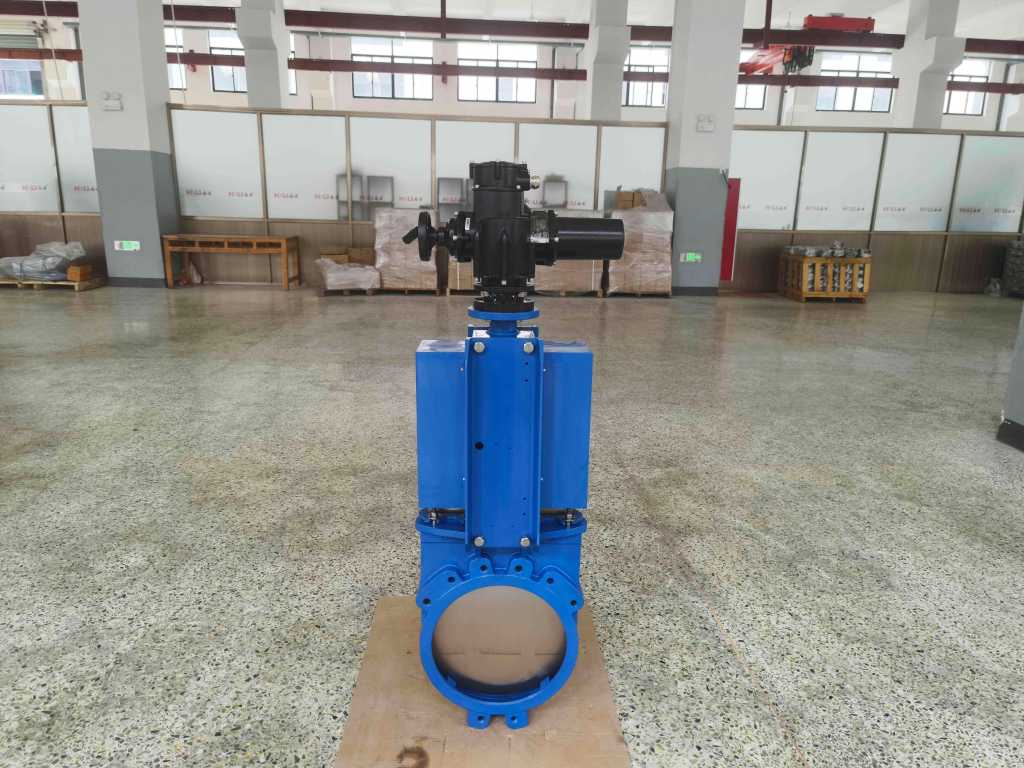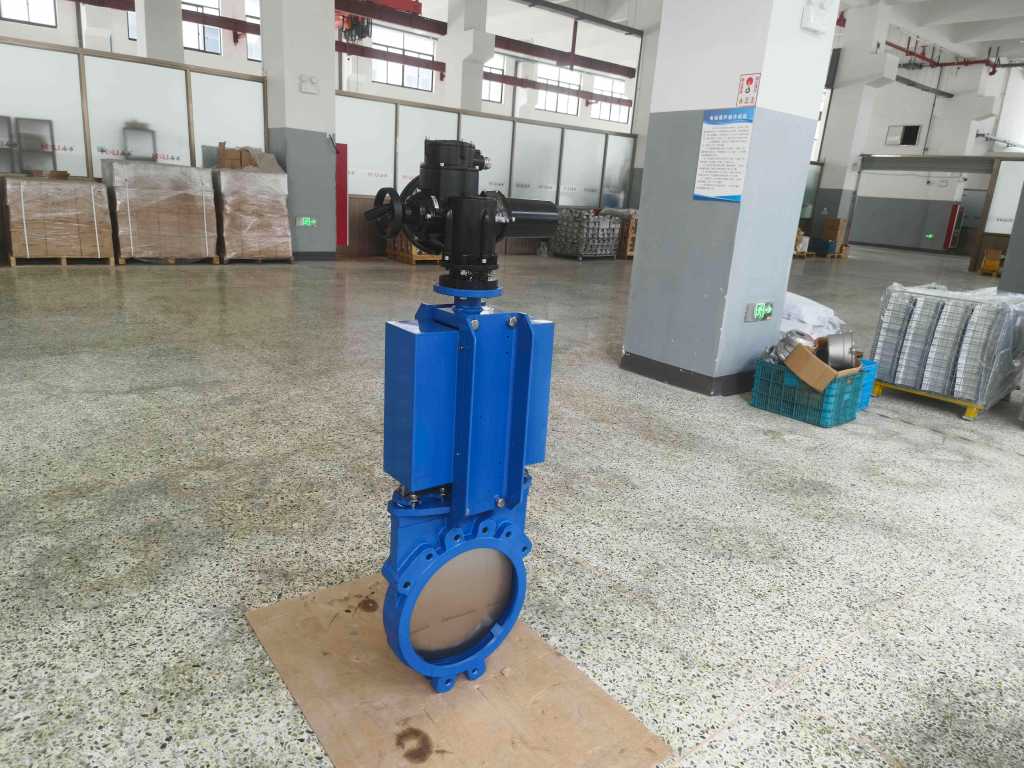Electric flat gate valves are critical components in various industrial systems, designed to control the flow of liquids, gases, or slurries in pipelines. These valves combine the functionality of a traditional gate valve with the convenience and automation offered by electric actuators. Their application spans across a wide range of industries, including water treatment, oil and gas, power generation, and chemical processing. This article delves into the design, functionality, advantages, and applications of electric flat gate valves, emphasizing their importance in modern industrial automation.

What is an Electric Flat Gate Valve?

An electric flat gate valve is a type of valve that utilizes an electric actuator to open or close a flat gate within the valve body. Unlike traditional gate valves, which use a rising or non-rising stem mechanism, electric flat gate valves have a flat gate that moves perpendicularly to the flow of fluid, sealing off the passage when fully closed. The electric actuator provides the power needed to move the gate, offering precision control without requiring manual intervention. These valves are engineered to provide a tight shutoff, minimizing leakage and ensuring reliable flow control. The electric actuator is typically controlled by a remote control system, allowing for automation and integration into larger control networks. This feature is particularly beneficial in scenarios where it is impractical or dangerous for personnel to operate valves manually, such as in hazardous environments or locations that are difficult to access.

Leave a Reply